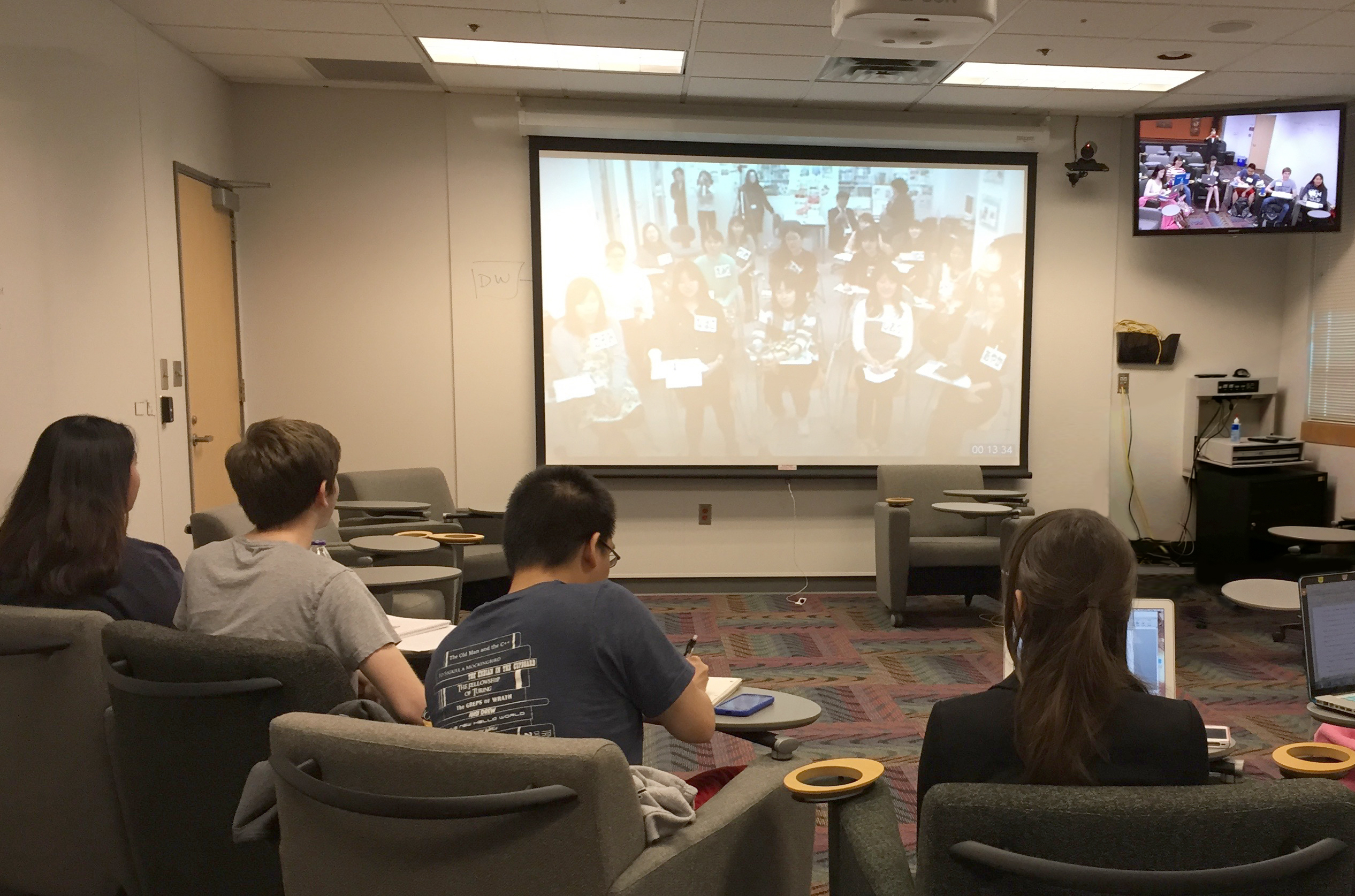
Dear Commons Community,
The Chronicle of Higher Education has an article this morning questioning the effectiveness of a distance learning model identified as HyFlex that purportedly originated in 2006 at San Francisco State University. It is basically a synchronous videoconferencing model that was around well before 2006. I described it in my book, Distance Learning: Making Connections Across Virtual Space and Time in 2001. The Chronicle article evaluates HyFlex as colleges seek to provide alternatives to face-to-face instruction for the fall semester. Here is an excerpt.
“John Nolan likes running an active classroom. A lecturer in the college of business at the University of Nevada at Reno, he favors the Socratic method as he walks among his 150 or so business-law students.
So when the university announced that it will offer courses under a hybrid model known as HyFlex, in which professors teach simultaneously to students in the classroom and others beaming in remotely, Nolan wondered how that could possibly work. If he walks away from the podium, he moves out of sight of the camera. If a student in the back of class asks a question, those tuning in on their laptops might not hear. And how can he foster lively discussions, let alone group work, when half his students are masked, sitting six feet apart because of Covid-19 restrictions, and the others are virtual?
“HyFlex doesn’t really do anybody any good,” he says. “It’s basically, you take the worst parts of in person and online teaching and mix it together.”
Nolan’s skepticism is shared by a growing number of faculty members, as more colleges choose the HyFlex model for the fall. It also reflects a rift between administrators and professors, who are raising alarms over the health risks of teaching in person, and about the logistical, technical, and pedagogical complications of the model itself. Search HyFlex on Facebook and Twitter and you’ll come across comments like this one: “Whoever the hell thought of this is a bean counter, not an educator, and an idiot.”
But as colleges scramble to figure out how to re-open campuses, it’s easy to see why HyFlex holds appeal. It offers something to everyone: Students who can’t come to campus can still receive “live” teaching. Those who want a residential experience can have one. And classes are able to hew to social-distancing guidelines by following schedules in which on-campus students divide and rotate between in-person or online attendance.
HyFlex itself is a precise term, describing a teaching model started at San Francisco State University in 2006 to accommodate working adult students in a graduate program. The “flex” in HyFlex is supposed to mean that students — not administrators — choose how to attend class on any given day. That kind of flexibility isn’t an option under Covid-19, because colleges will need to control how many students are in the classroom. But the broader idea, of offering a course that is taught simultaneously in person and online, has been adopted and branded by universities looking to reassure students that they have all bases covered. Northeastern University is touting NUFlex. Northern Arizona University offers NAUFlex, and Shenandoah University has created ShenFlex.
Teaching experts and others familiar with hybrid teaching say that HyFlex can work, but it requires effective technology, careful planning, instructional support, and creative course design. That’s not always possible when colleges are still operating in crisis mode, with instructors worn out from the spring pivot to remote teaching and wary of returning to the classroom in the fall. Tight budgets and speedy decision making can add to those stresses.”
Many of the concerns of this approach have been well documented. The article is worth a read as a caution for colleges moving forward with their Fall 2020 plans.
Tony



Hello Anthony,
Your blog seems helpful for students. I also want to introduce our United Yacht Sales Scholarship Program
Deadline: 31st December 2020
Find more info at https://www.helptostudy.com/united-yacht-sales-scholarship-program/